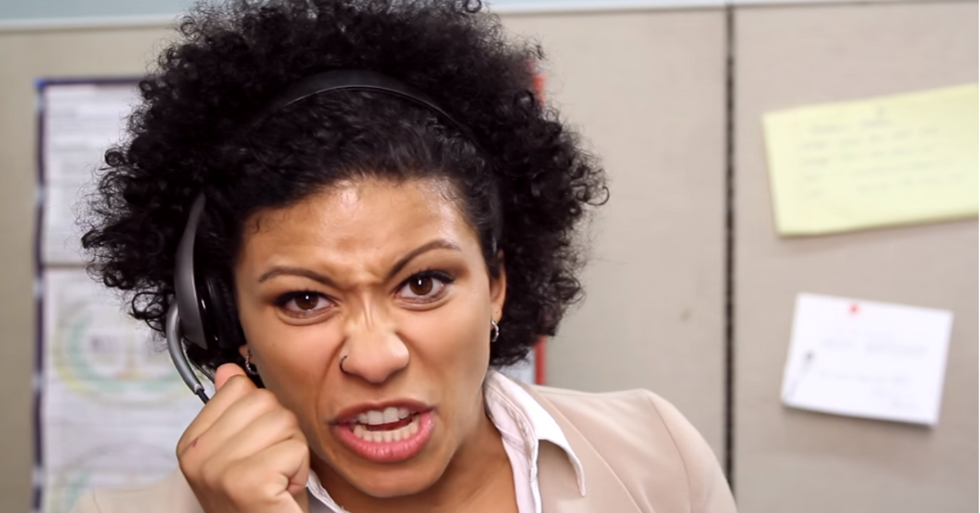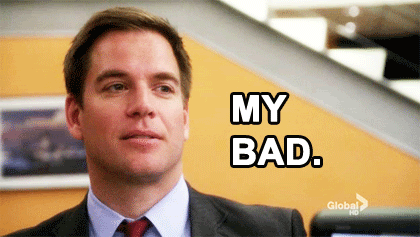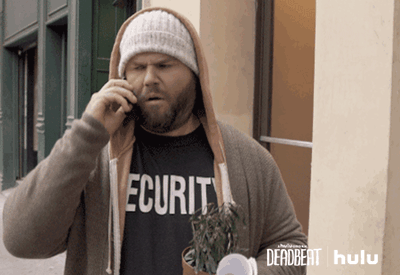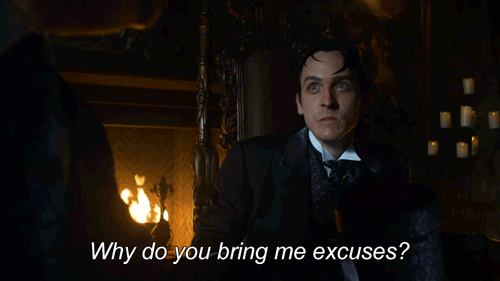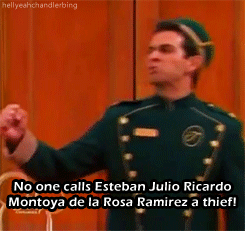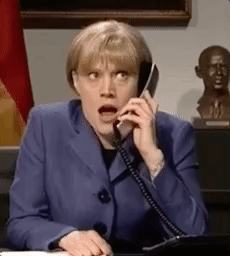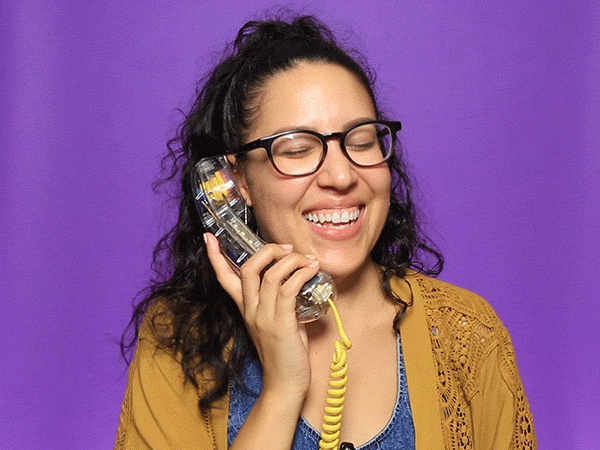On Tuesday August 23, Austin had a day full of Donald Trump. The Republican Nominee started the day in Austin with a 4:00 p.m. taping with Fox News Channel's Sean Hannity at ACL Live at the Moody Theater. Afterwards, at around 6:30 p.m., Trump headed to a private fundraiser at the Headliner's Club on 221 W. 6th St., where donors paid up to $100,000 to attend. He then ended the day with a rally open to the public at the Travis County Expo Center that began at about 7:30 p.m.
At 9:00 p.m. Mr. Trump began his speech to the Texan crowd by describing Texas as "right in the middle of freedom" and by touching on the emotions behind the frequently-mentioned topic of secession. "We will re-declare our independence as a country," he said. "We will declare our independence from... very corrupt politicians."
Since Austin is a predominantly liberal city and according to www.270towin.com Texas has voted Republican since Ronald Reagan, one might wonder: why did Donald Trump took time out to visit Austin with only 70 days until election? According to the latest election poll map, Trump has only 153 electoral votes while his counter, Former Secretary of State Hillary Clinton, is just shy of the golden 270 by 21 votes. Despite Texas being the "middle of freedom", why did the Trump campaign think it necessary to visit instead of focusing on key states such as Florida or Pennsylvania?
The reason Mr. Trump felt it necessary to visit Texas is because, according to the latest poll conducted by Public Policy Polling, Trump leads Texas by only 6%. This is a close call when compared to past elections. In fact, Former Land Commissioner and Texans for Hillary Chairman Garry Mauro said, "We haven't seen that in a while." Looking at previous statistics, Senator John McCain won Texas against President Barack Obama by 12% in 2008, and thenGovernor Mitt Romney won the state in 2012 by 16%. When you compare the current single digit Republican lead to the historical double digit lead, it's no wonder Mr. Trump decided to make the trip to Austin, Texas.
This narrow margin can be accredited to the growing diversity of the Texas electorate. According to Public Policy Polling, Clinton has a 73-21 lead among non-white voters including a 68-27 lead among Hispanic voters. Clinton also has a 60-35 lead among voters younger than 45 while Trump has a 63-33 lead among senior voters and a 69-25 lead among white voters. This is nothing new since Republicans have relied on older white voters since the Civil Rights Act while Democrats have appealed to minority youth in past elections. What remains astonishing is that in this unconventional election, a Republican Candidate may have been so unorthodox in his speeches that he has turned off some of his Republican electorate in Texas. This coupled with the growing racial diversity of Texas perhaps could lead to Austin no longer being known as "the blueberry in a tomato soup"; rather, this election could influence Texas into becoming a blue state.



























